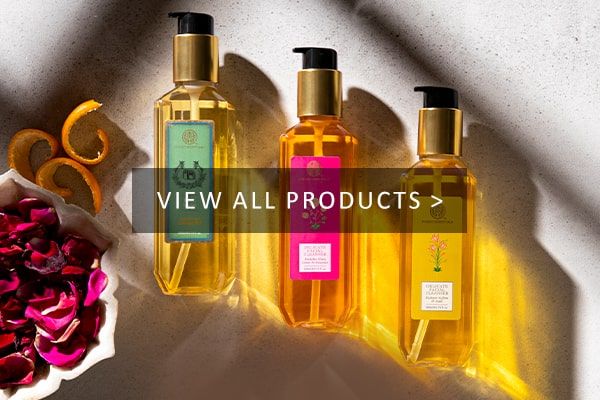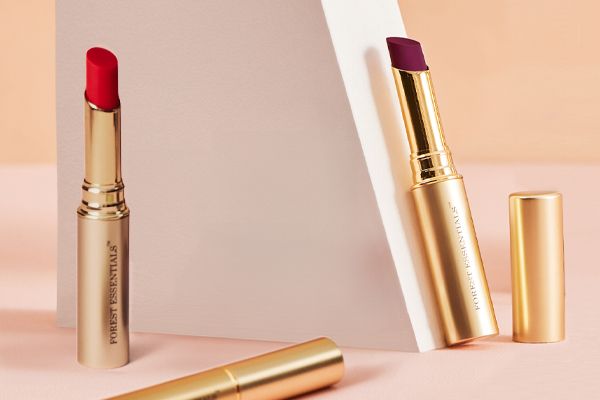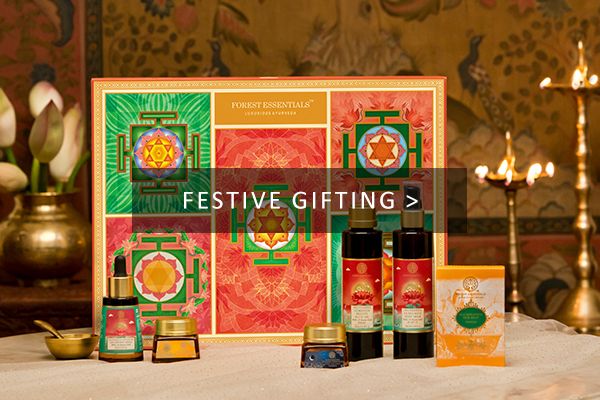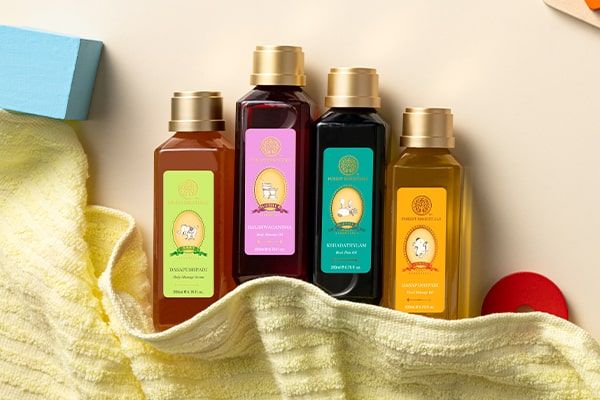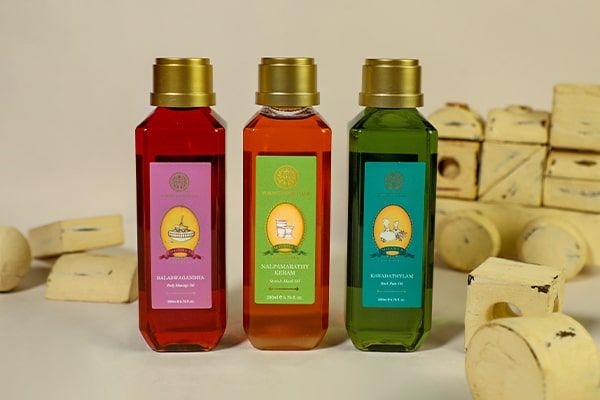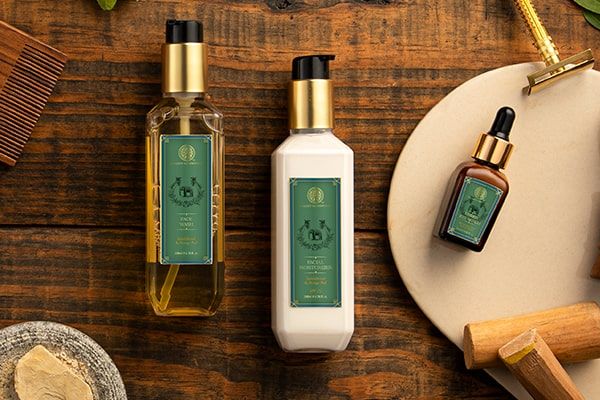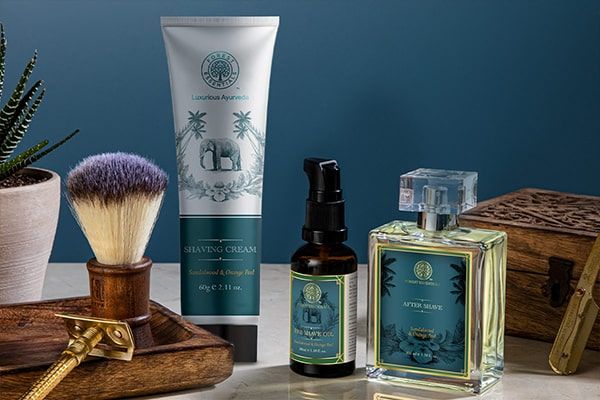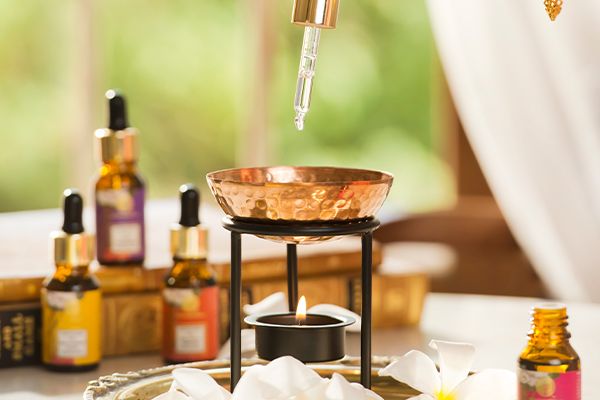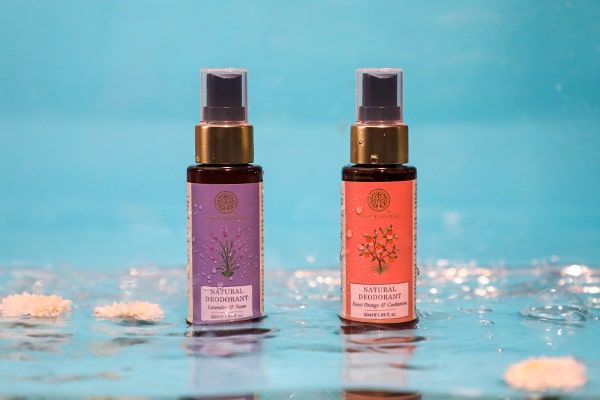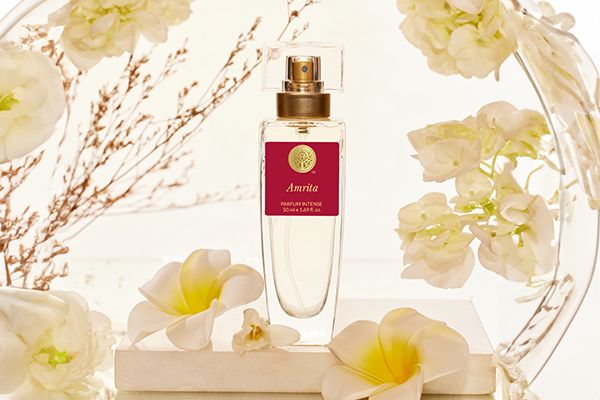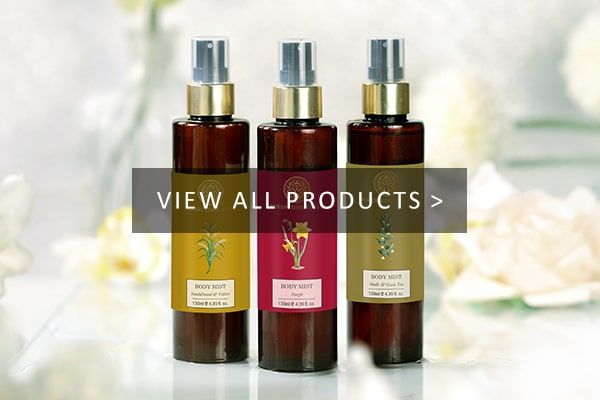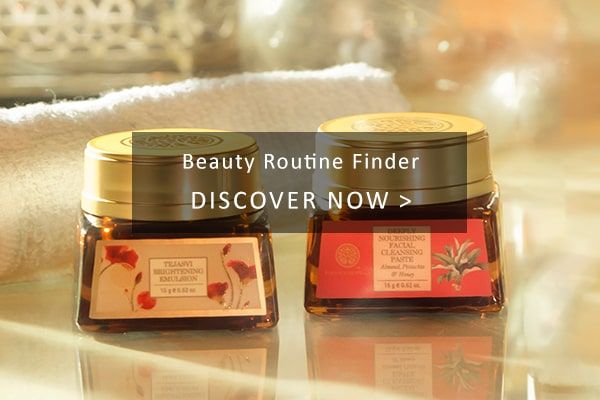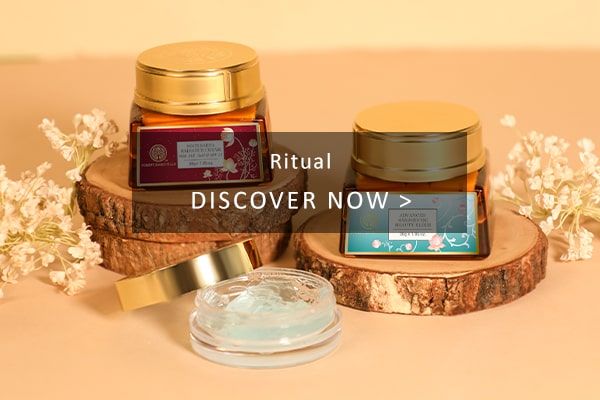“Due to advent of this Joyous Spring,
Love for all has blossomed O Friend,
within the Joyous Garden of my Heart”
-Rabindranath Tagore
Centuries old remnants of Indian art and literature, intrinsically epitomize Nature. Paintings of the Ajanta Caves, miniature art work from Mewar, as well as the grand architecture of Rajput and Islamic palaces and monuments – all present elements of nature such as birds, trees, creepers and flowers.
Rich with symbolism, flowers create a language of their own to express love, worship, seasonality and beauty. They are historically depicted to felicitate poised Kings and Queens or as beautiful embellishments of exquisitely wrapped gifts. Authors, poets and artists, have often equated the heart with the flower that blooms to life, and illustrated Spring as the zenith of all life on earth.
As we welcome the season of Spring, let us delve deep into the aesthetic of some of its efflorescing companions.
The Hasayan Rose

Hasayan, is a small town situated in the North Indian state of Uttar Pradesh. This is home to the species of rose – “Rosa Rubiginosa”, colloquially referred to as “Noor Jahan”- in memory of the late Mughal Empress and her love for the Rose.
Legend reads that the Empress, of Persian origin and born in India, was fond of gardening, design and perfumery. A fondness for Roses, perhaps then lead her to note the formation of a layer of oil on water left with rose petals, during her Shahi Hamam (Royal Bath). As she applied the oil to her skin, she found the ruh-e-gulab (fragrance of rose) to be incredibly fragrant. A small drop of the oil emanated the scent of a fresh flower in a garden full of roses. It is said that this lead to the creation of the famous Rose Attar.
This Mughal legacy has been carried forward by residents of Hasayan, where essence extraction from the Rosa Rubiginosa species’ crops begins with spring season in mid-March, to end by May. These Rose hybrids contain single-petal blossoms. The extracted rose essence, through the traditional procedure of steam-distillation, is then utilized to prepare perfumes as well as scented waters from the residue.
The Kashmiri Nargis

The daffodil Narcissus Poeticus, acquires its name from the Greek legend of a young and handsome hunter named Narcissus. It is said that as a result of his extreme vanity, he fell in love with his own reflection in a pond. One version of the story states that, Narcissus then drowned in the pond while gazing at his reflection, and it is from here that the Narcissus daffodil bloomed.
In Kashmir, the daffodil is commonly known as Nargis (in Urdu) or Yemberzal (in Kashmiri). The importance of this flower for the Kashmiri people is that it declares the arrival of Spring after the long harsh months of Winter. This white petalled beauty is also considered a symbol of good health and prosperity and hence delivers a mandatory appearance at Kashmiri weddings as well as celebrations of the New Year.
A popular Kashmiri folk song, derived from the first ever Kashmiri opera performed- Bombur ta Yemberzal, is illustrative of the love story of the Narcissus (Yemberzal) and the Bumble Bee (Bombur), and reiterates the central importance of the flower to Kashmiri culture.
The Hibiscus Flower

The Hibiscus flower, also known as Japakusum in Sanskrit, finds large significance in Hindu culture- especially in the region of Bengal. The goddess Kali, is often depicted as merging with the red coloured Hibiscus, by artists of Bengal. The red colour of the flower, is also considered highly auspicious in Indian traditions of marriage and worship and is hence used as an offering to both Lord Ganesha and Goddess Kali
.
A Vedic mantra chanted to honour the Sun God reveals the spiritual importance of the Hibiscus:
“I pray to the Sun, the day-maker,
destroyer of all sins, the enemy of darkness, of great
brilliance, the descendent of Kaashyapa, the one who
shines like the Japa (Hibiscus) flower.”
Since ancient times, the Hibiscus has been known to confer many health and beauty benefits. Hair and Face masks using the plant, are traditionally and freshly prepared.
This Spring, Forest Essentials brings to you the invigorating fragrances and benefits of the Hasayan Rose, Kashmiri Nargis and the Hibiscus Flower.
1. Hasayan Rose Facial Tonic Mist

This unique mist is made with one of the most coveted varieties of the captivating Noor Jahan Gulab (Rose) from Hasayan, which blooms only for a few months in the early winter and spring. The highly scented fresh seasonal crop of these wild pink Roses, is steam distilled to create a fragrant moisture laden water which has exceptional skin rejuvenating and rehydrating properties.
Your skin requires a gentle boost after cleansing to rehydrate and tone it, to prepare it for your nourishing routine. Use as a toner after cleansing or as often as required during the day, followed by a moisturizer, gel, or cream.
Products of this range are all induced with the seductive and floral scent of the Nargis flower, which has a balancing effect on the senses.
3. Japapatti/ Hibiscus Infused Products
Our Japapatti & Brahmi Hair Care Range products are infused with the benefits of the Hibiscus flower and leaves, which contain excellent repair agents for, as well as nourish and give lustre and shine to, hair.


